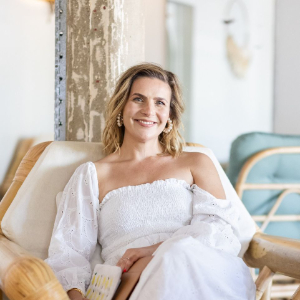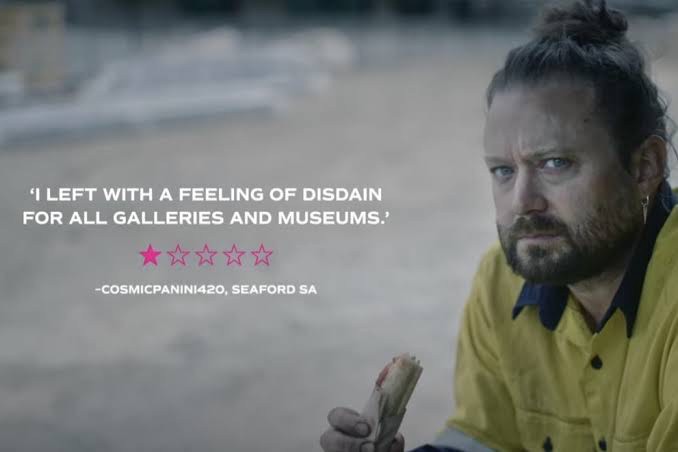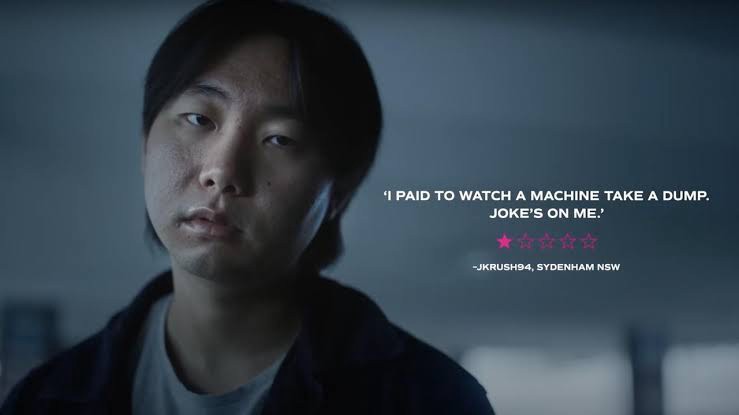My Biggest Marketing Mistake (and How to Avoid It)
Nov 09, 2022
Targeting a wider audience seemed like the right move, but it turned out to be a costly mistake. Here’s why.
Everyone makes mistakes, but this one is a whopper. And, I have no one to blame but myself.
It’s also pretty embarrassing because I’m a professional marketer and this is 100% a marketing misstep — I should have known better [facepalm].
This mistake cost me dearly both in time and money. While I mercifully avoided reputational damage, it caused brand confusion, which is less than great.
I could have easily swept this boo boo under the rug and discussed it on a “need-to-know” basis but I’m a marketing educator, and this is a teachable moment.
Let’s go.
So how did I let this marketing mistake happen?
I teach brands how to run integrated marketing campaigns. I have run marketing campaigns for 21 years, and I’m proud to have earnt the affectionate nickname ‘the campaign lady’ in my network.
Lately, entrepreneurs have approached me to join my signature program, Campaign Classroom but they are not quite ready. Before you run campaigns, you should have solid brand foundations in place.
So, in my infinite wisdom, I decided to create a new program focused on marketing foundations. Logical, right?
Wrong.
Campaigns are not marketing 101. They are more marketing 301 or 401, so most of my existing audience are established entrepreneurs and women in marketing.
A program focused on the basics serves little purpose to my primary target audience.
I realised too late.

Pretty Woman Gif via Giphy
I created the program (all the workbooks, worksheets and program dashboard), spent hundreds on copywriting and web design for a new sales page, created and marketed a new lead magnet, wrote the email funnel, and spent around $2K on Meta ads along with all my organic efforts. Only when the sales were slow, did the penny drop: early-stage founders are not my people.
This new program, Marketing Foundations would essentially mean starting from scratch with a new target audience segment.
For a bigger brand than mine, it might be feasible to target a wider audience but as a team of three, we would be spreading our resources too thin. Not only that, we risked diluting our positioning, a very risky strategy. While there are tons of brands offering marketing 101 education, there are nowhere near as many that teach beyond the basics.
Instead, I should be doubling down on tier 2 and 3 education and that’s exactly what I plan to do from now on because:
The riches are in the niches.
Brand example of sticking to a niche
One of my favourite examples of a brand that sticks to its niche is the Museum of Old and New Art (MONA) in Tasmania. You either love MONA or you loathe MONA and they are 100% fine with that. They don’t want to be for everyone. To really send this message home they turned their one-star reviews into their first-ever integrated brand campaign. The campaign has been wildly successful here Downunder because it is so perfectly aligned with MONA’s brand DNA.
MONA: “The Best of Our Worst Reviews”
MONA: “The Best of Our Worst Reviews”
What business owners need to remember to avoid making this marketing mistake:
Straying from your intended audience is breaking the No.1 rule in marketing. So how did an award-winning marketing strategist make such an amateur mistake?
Let me count the ways.
1. Turning away customers feels wrong, but might be the right thing to do
I’m a marketer but I’m also a startup founder and every entrepreneur I know wants growth. While some are happy to run 6-figure businesses, many of us want more than to simply replace our corporate salaries.
Turning away customers who are prepared to pay feels plain wrong. But that’s exactly what I should have done at this stage of my business. A few outliers do not warrant creating an entirely new offering.
Entrepreneurs are optimistic, opportunistic and ambitious creatures so being conservative and prudent is not in our vocabulary or nature. But it should be.
2. Burnout can be hard to spot
At the beginning of last year, my cofounder exited the business and since then, I have busted my gut and hustled, picking up all the slack.
I rebranded the business, relaunched the website, refined the offering, launched a major brand campaign and did the job of not just two people, but two founders.
On day two of the only holiday I took last year, I caught Covid and was in the hurt-locker for two weeks, returning straight back to work.
But I was high-functioning (or so I thought) and ignored the signs I was heading for burnout. I stopped performing at my best and started making costly mistakes. Now, taking leave is a priority. It’s a business necessity that I do so.
3. We cannot be objective about our own marketing
When it’s our brand, we cannot see the forest for the trees.
Marketers today are on the tools, doing the do. Gone are the days of working at the strategic level without getting your hands dirty. As marketing budgets have shrunk, marketers are wearing more and more hats. In startup land, founders wear all the marketing hats as well as the sales, business development, HR and finance ones too.
It’s very hard to see the big picture when you are always in the weeds.
I’m a huge fan of peer coaching and in future, I plan to run ideas past fellow founders I respect and trust, and listen to them when they speak up. I also plan to facilitate this for other marketers who like me, want that external sense-check.
4. What people need differs from what they want
Early-stage founders and small business owners don’t want to learn the foundations of marketing. They want to learn how to grow their Instagram and make TikTok videos.
I was serving up a big ole plate of leafy green vegetables and what they wanted was a tray of sugary doughnuts. Strategy, value proposition, and positioning all sound like a massive bore compared to the instant gratification social media promises. It’s only once you’ve plugged away on social media for months with no return that you realise marketing a new brand is a lot more work than you anticipated and you need more than popular social accounts to succeed.
Everyone makes mistakes and I have certainly learnt from this one. While there are lots of lessons here, the biggest takeaway is — when you make decisions in business, make sure they align with your marketing strategy and needs before you hit go. That, and taking a break so you can think clearly is a business imperative.
As you’ve probably noticed, I like to keep things real. If you enjoy no-nonsense, fluff-free marketing insights without the BS, then you should tune into my top-marketing podcast, Got Marketing?
This article was originally published in Better Marketing on Medium

Written By
Mia Fileman
Marketing Strategist

Author
Mia Fileman
Marketing Strategist and Founder




